Dive into the captivating realm where science fiction meets the real-world implications of nuclear physics. This curated list of films not only entertains but also educates, providing a thrilling glimpse into the potential futures shaped by atomic energy. Whether it's the fear of nuclear annihilation or the promise of limitless power, these movies explore the profound impact of nuclear technology on humanity.
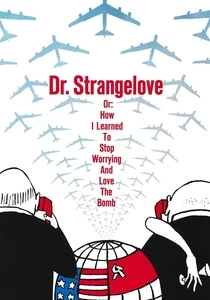
Dr. Strangelove or: How I Learned to Stop Worrying and Love the Bomb (1964)
Description: Stanley Kubrick's satirical masterpiece explores the absurdity of nuclear war through the story of a rogue general who orders a nuclear attack on the Soviet Union. The film delves into the complexities of nuclear strategy and human error.
Fact: The film was based on the novel "Red Alert" by Peter George, and Kubrick bought the rights to prevent a competing film from being made. It was also one of the first films to use the term "Doomsday Machine."
 Watch Now
Watch Now 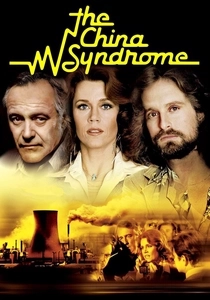
The China Syndrome (1979)
Description: A TV news reporter and her cameraman inadvertently capture footage of a near-meltdown at a nuclear power plant, revealing the potential dangers of nuclear energy. The film highlights the tension between safety and corporate greed.
Fact: The film's release was eerily timed, coming just weeks before the Three Mile Island nuclear accident, which eerily mirrored the film's plot.
 Watch Now
Watch Now 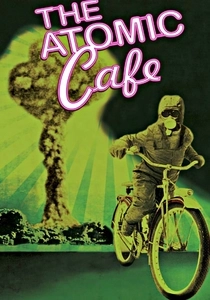
The Atomic Cafe (1982)
Description: This documentary uses archival footage from the 1940s and 1950s to satirize the American government's propaganda efforts to reassure the public about nuclear safety and preparedness during the Cold War.
Fact: The film was one of the first documentaries to use found footage to create a narrative, influencing future mockumentaries and found-footage films.
 Watch Now
Watch Now 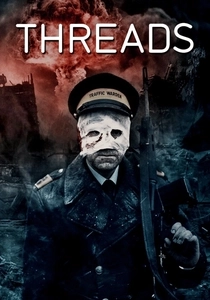
Threads (1984)
Description: This British television drama presents a harrowing vision of nuclear war's impact on Sheffield, detailing the immediate and long-term effects on survivors, from the initial blast to the ensuing nuclear winter.
Fact: "Threads" was so realistic and disturbing that it was used by the British government in civil defense training.
 Watch Now
Watch Now 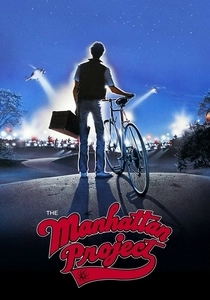
The Manhattan Project (1986)
Description: A high school student builds a nuclear bomb to protest against a nearby nuclear facility, showcasing the potential dangers of nuclear technology in the wrong hands.
Fact: The film was inspired by the real-life Manhattan Project, which developed the first nuclear weapons during World War II.
 Watch Now
Watch Now 
The Sum of All Fears (2002)
Description: Based on Tom Clancy's novel, this film follows CIA analyst Jack Ryan as he uncovers a plot to detonate a nuclear bomb at the Super Bowl, exploring themes of nuclear terrorism and international relations.
Fact: The film was originally set to be released in 2001 but was delayed due to the 9/11 attacks. It was also the first film to feature Ben Affleck as Jack Ryan.
 Watch Now
Watch Now 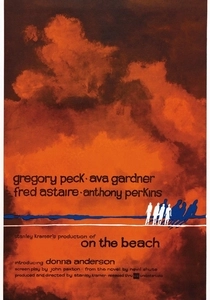
On the Beach (1959)
Description: Set in a post-apocalyptic world where nuclear fallout has eradicated life in the Northern Hemisphere, this film follows the last survivors in Australia as they await their inevitable fate.
Fact: The film was based on Nevil Shute's novel and was remade in 2000 with a slightly different ending. It was also one of the first films to deal with the aftermath of nuclear war.
 30 Days Free
30 Days Free 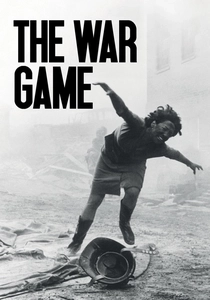
The War Game (1965)
Description: This pseudo-documentary depicts the aftermath of a nuclear attack on Britain, offering a grim, realistic portrayal of the effects of nuclear war, including radiation sickness and societal collapse.
Fact: The film was initially banned by the BBC for being too disturbing, but it later won the Academy Award for Best Documentary Feature.
 30 Days Free
30 Days Free 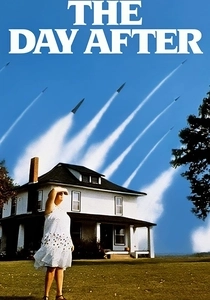
The Day After (1983)
Description: This TV movie presents a chilling depiction of nuclear war's aftermath, focusing on the lives of ordinary people in Kansas City, Missouri, as they face the devastating effects of a nuclear strike. It's a stark reminder of the potential consequences of nuclear conflict.
Fact: The film was so impactful that it influenced public opinion on nuclear weapons, leading to increased support for nuclear disarmament. It was also one of the highest-rated TV movies of all time.
 30 Days Free
30 Days Free 
Fail-Safe (1964)
Description: This film presents a tense scenario where a technical glitch leads to an accidental nuclear attack on Moscow, forcing the U.S. President to make an unthinkable decision to prevent further escalation. It's a gripping tale of human error and the nuclear age's inherent risks.
Fact: The film was released in the same year as "Dr. Strangelove," leading to comparisons between the two. It was also remade as a live TV broadcast in
 30 Days Free
30 Days Free 








